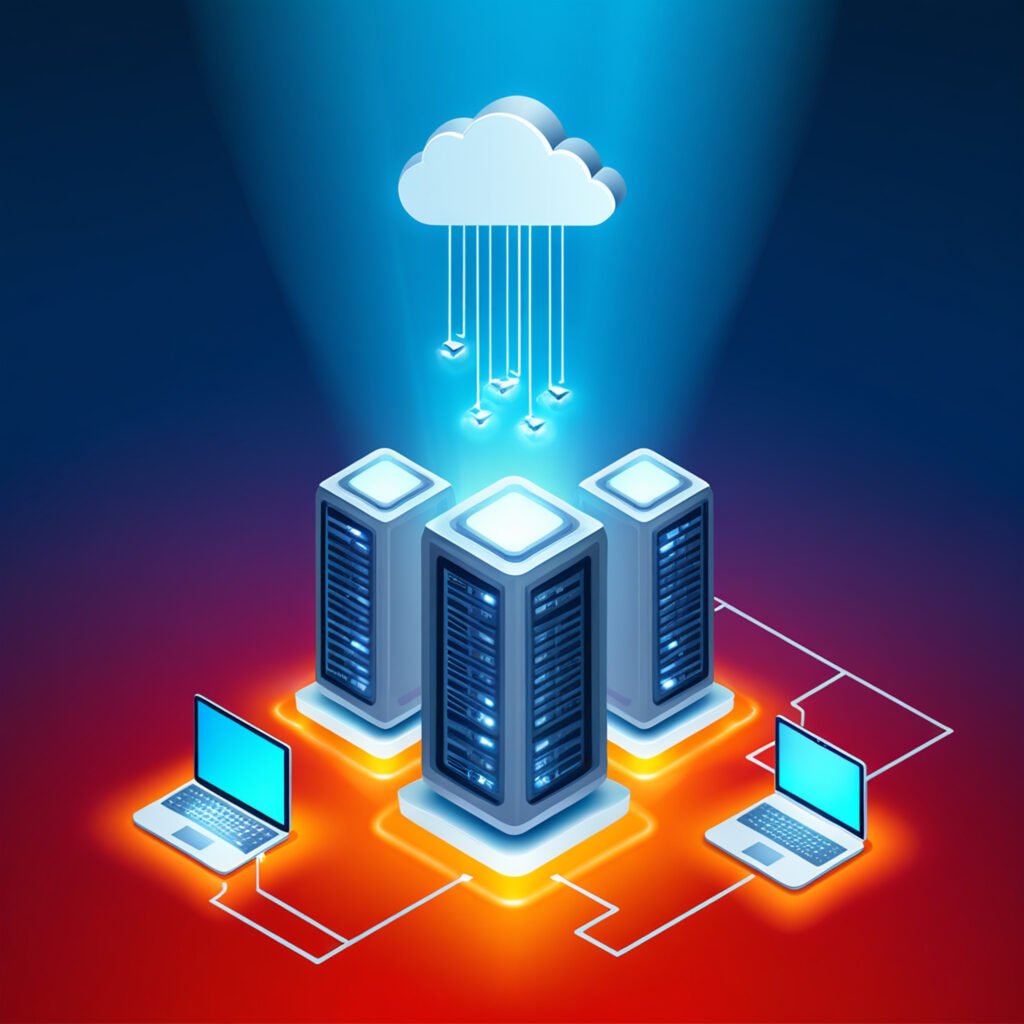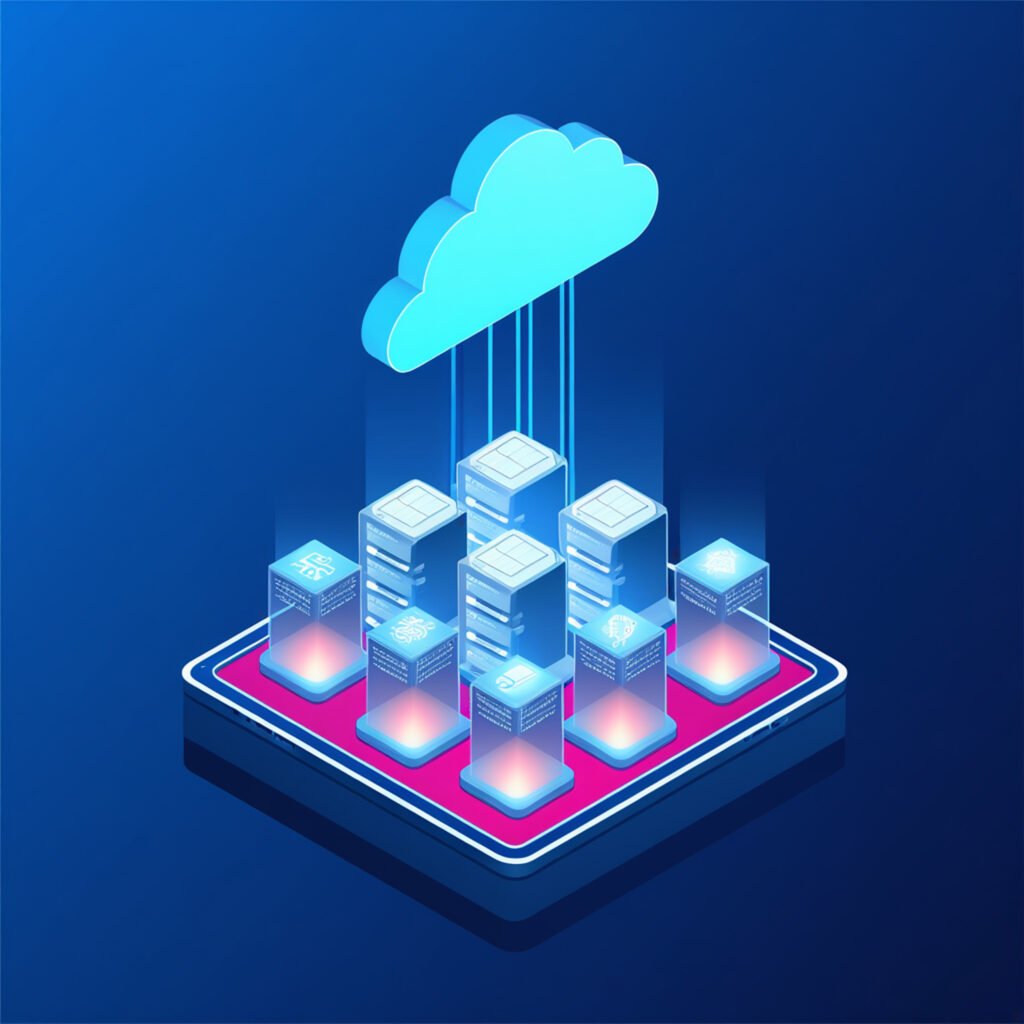The future of edge computing shows great promise as we shift toward decentralized data processing models. Processing data within milliseconds has become vital in our ever-changing digital world, especially for autonomous vehicles and industrial automation. Cloud computing has served its purpose well, but scenarios now demand faster data processing than the back-and-forth transmission allows.
Edge computing’s future scope revolutionizes computation locations. This technology brings processing power closer to IoT sensors, which significantly cuts down latency and speeds up decision-making. Smart devices now operate with greater independence and intelligence. The technology proves particularly valuable for latency-sensitive applications. Automated Guided Vehicles (AGVs) and Autonomous Mobile Robots (AMRs) need live insights to work effectively.
Edge computing stands out because it works perfectly in remote areas without network access. Cloud computing struggles with bandwidth limits and needs stable wireless connections. Edge computing offers solutions that work whatever the internet situation. This piece will dive into edge computing basics, stack it up against cloud computing, and explore this technology’s exciting future direction.
What is Edge Computing and How It Works
Edge computing represents a transformation in data processing within our digital world. Edge computing brings computation and data storage closer to information generation points instead of distant centralized facilities. This distributed model processes information right where devices collect data – at the network’s “edge.”
Definition and core concept
Edge computing moves computing resources away from central data centers toward physical locations where data originates. The system runs computer programs that deliver quick responses close to request points. This approach deploys processing power through several edge components:
- Smart sensors and IoT devices that capture data
- Local servers that analyze information on-site
- Edge gateways that manage communication between devices and networks
Edge devices perform the original processing locally instead of constantly sending raw data to centralized servers. These devices decide what needs immediate action and what should go to central systems. Gartner predicts that by 2025, approximately 75% of enterprise-generated data will be created and processed outside traditional centralized data centers or clouds.
How it differs from cloud computing
Cloud computing processes information in remote data centers far from the source, while edge computing handles tasks directly at or near the data source. Clouds are software-defined environments created by data centers. Edges are physical environments with hardware outside these centers.
Data collection at the edge and its unmodified transfer to a cloud isn’t edge computing—it’s just networking. Real edge computing happens when data collection and processing occur at the edge.
Why local processing matters
Local processing offers several key advantages that make edge computing valuable:
Speed stands out as the primary benefit. Data doesn’t need to travel to distant servers for processing, which reduces latency significantly. This speed boost becomes crucial for time-sensitive applications where milliseconds count, such as autonomous vehicles or industrial safety systems.
Bandwidth requirements decrease substantially. The explosive growth of IoT devices by 2025 will create data volumes that would overwhelm traditional network infrastructures. Local processing ensures only relevant information travels across networks.
Security and privacy improve with on-site processing. Sensitive information stays within local networks instead of traveling across potentially vulnerable connections.
Edge computing revolutionizes how organizations handle their most critical data by enabling faster insights, better response times, and improved bandwidth availability.
Key Benefits of Edge Computing

Edge computing delivers benefits that go way beyond theoretical advantages. Organizations implementing edge solutions see real improvements that optimize their operations and user experience.
Reduced latency and faster response
Edge computing substantially reduces latency because it processes data close to its source. Applications where milliseconds matter see immediate results from this proximity. Research shows edge computing can improve cloud access latency by up to 30%. This speed improvement is vital for applications like augmented reality, virtual reality, and autonomous vehicles that can’t handle delays. Edge computing gives industrial automation and robotic control systems the quick response time they need for safety and productivity.
Lower bandwidth usage
Local data processing through edge computing cuts down network data transmission substantially. This brings several key benefits:
- Network performance improves with less congestion
- Bandwidth costs drop
- Resources work better in bandwidth-limited environments
- Remote areas with poor connectivity see better results
Improved data privacy and security
Data security concerns grow as volumes increase exponentially. Edge computing keeps sensitive information closer to its source to address these issues. Data privacy improves because less information travels over vulnerable networks. Companies also use edge computing to follow data sovereignty rules like GDPR by keeping sensitive data near where it originates. Local processing also means fewer chances of data breaches during transfers.
Real-time decision making
Edge computing’s greatest strength lies in its ability to analyze and act immediately. This capability proves valuable in many scenarios:
Critical applications work locally even during network failures, which ensures continuous operations. Edge-enabled devices monitor patients’ vital signs live in healthcare settings and allow quick interventions when needed. Industrial environments benefit from instant equipment monitoring and adjustments that improve safety and efficiency.
These advantages will become more important as edge computing evolves into more advanced implementations.
Edge Computing vs Cloud Computing
The main difference between cloud and edge computing lies in how they handle data processing.
Where data is processed
Cloud computing works through centralized data centers that sit far from where data is collected. These centers handle large amounts of information from multiple sources. Edge computing takes a different approach by processing data right where it’s created, using local devices or nearby servers. This proximity helps make quick decisions with immediate data.
Performance and scalability differences
Edge computing gives you faster network response times. However, its limited resources sometimes lead to higher end-to-end latency, especially when usage peaks. Cloud computing shines with its massive, network-wide scalability. This makes it perfect for growing businesses that need flexible resources. Edge computing scales differently by adding more edge nodes to speed up responses in specific areas.
Use cases best suited for each
Edge computing works best when you need to process data right away:
- Autonomous vehicles and transport systems that need split-second decisions
- Healthcare applications that monitor patients in real time
- Industrial settings that need instant equipment monitoring
Cloud computing proves better for:
- Financial services that process huge amounts of data
- E-commerce platforms dealing with changing traffic levels
- Business analytics and other tasks where instant decisions aren’t crucial
Yes, it is worth noting that these technologies work together rather than compete. They create smooth systems where edge devices process data quickly and send key information to the cloud for complete analysis.
Edge Computing Future Trends and Scope

Organizations are looking for faster and more efficient ways to process data as the digital world of edge computing continues to advance. By 2025, Gartner expects enterprises will create and process more than 50% of their data outside centralized data centers or cloud environments. This shows how computing power is getting closer to data sources.
Edge Computing Future Trends 2025
The edge computing market will grow from $53.60 billion in 2023 to $111.30 billion by 2028. The rising volume of edge data and the need for up-to-the-minute data analysis drive this growth. Manufacturing leads the expansion at 18% CAGR, followed by healthcare at 13%, smart buildings at 12%, and automotive at 10%.
Integration with AI and IoT
AI at the edge is changing industrial operations by enabling:
- Up-to-the-minute data analysis for predictive maintenance
- Process optimization through machine learning algorithms
- Better safety through immediate anomaly detection
Edge AI turns IoT devices from simple data collectors into intelligent decision-makers. This makes autonomous operations possible in time-sensitive applications like industrial automation, where every millisecond counts.
Edge computing: state of the art and future directions
Edge technology now works with 5G networks to enable ultra-low latency communication. Two-phase immersion cooling has emerged as a green solution that reduces cooling consumption by 95% and achieves impressive PUE values of 1.02-1.03.
Challenges and opportunities ahead
Edge computing shows promise but faces big challenges. These include security risks from distributed data storage, complex management of scattered resources, and limited bandwidth at edge locations. Better orchestration platforms will help tap into the full potential of edge computing.
Conclusion
Edge computing marks a major move away from centralized data processing toward more distributed approaches. After analyzing the technology’s core benefits, many organizations now make edge solutions a priority for time-sensitive applications.
The benefits of processing data locally instead of sending it to distant cloud servers are huge. Mission-critical systems like autonomous vehicles and industrial automation can make split-second decisions thanks to reduced latency. Data processing at the source reduces network traffic since devices only send relevant information across networks.
Edge computing solves many security and privacy concerns. Data stays closer to its source, which reduces breach risks during transmission. Companies can meet strict data sovereignty rules and keep operating even during network outages.
Edge and cloud computing may seem like rivals at first, but they work together perfectly. Edge handles immediate processing while cloud takes care of long-term storage and complex analytics. This creates an efficient system that builds on both approaches’ strengths.
The future looks bright for edge computing across many sectors. Growth projections through 2025 show remarkable expansion in the manufacturing, healthcare, and automotive industries. Edge technologies’ integration with AI and IoT will create powerful applications that reshape business operations.
Of course, some challenges exist with security risks, complex management, and bandwidth limits at edge locations. These hurdles will become less important as orchestration platforms improve and technologies mature.
Edge computing points to a future where data processing happens right where needed. This enables faster responses, smarter devices, and robust systems, whatever the internet connection. This technological progress will change not just computation’s location but also how quickly we turn raw data into valuable actions.

